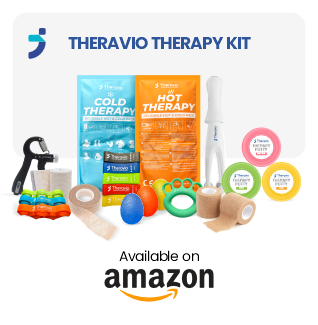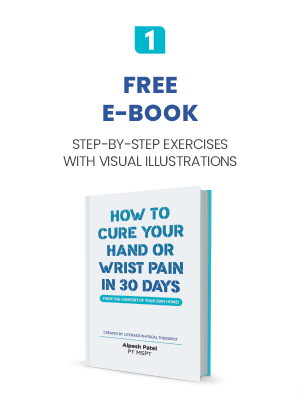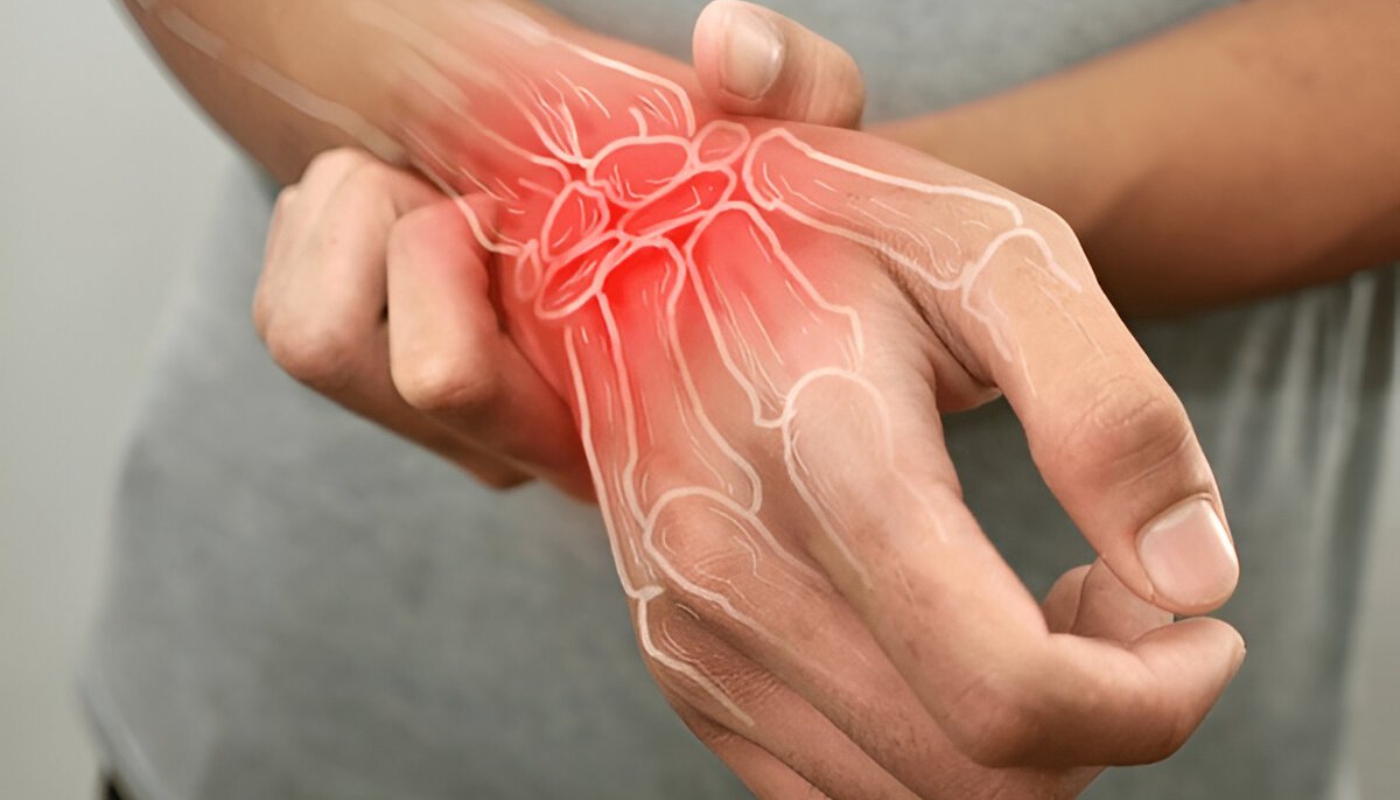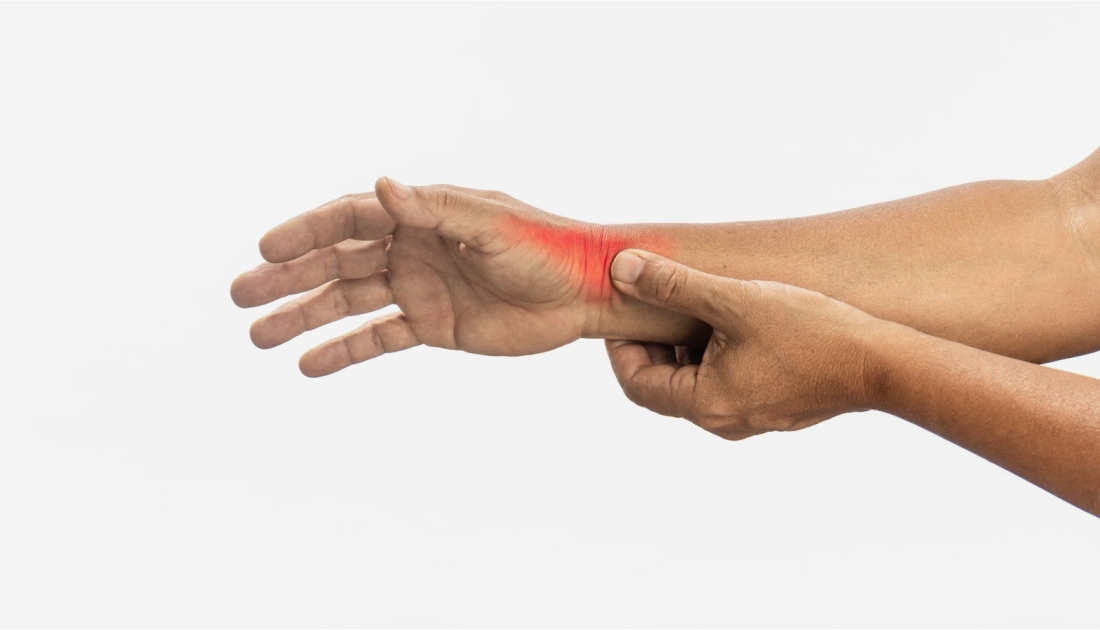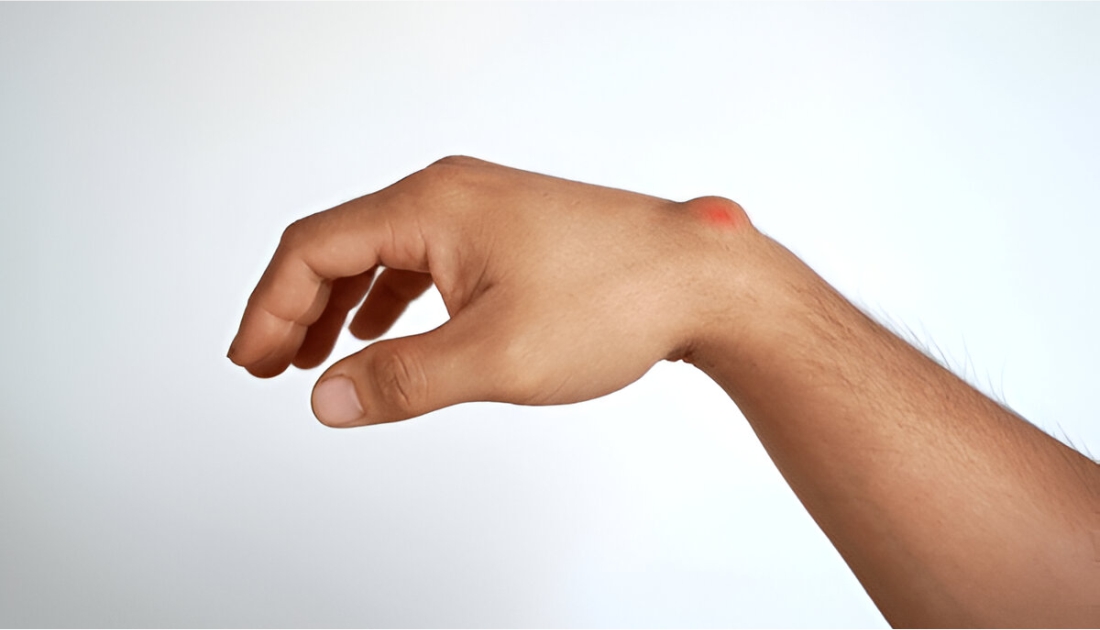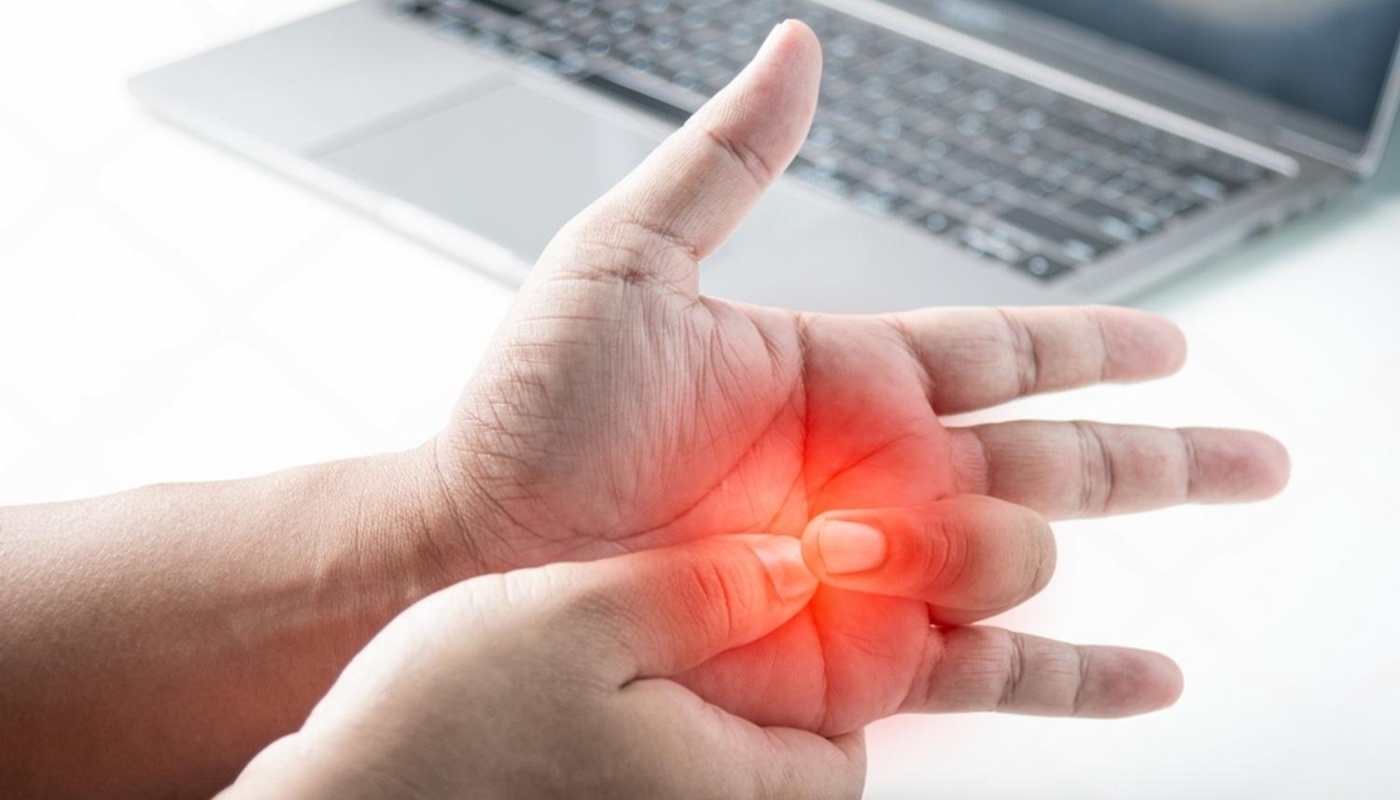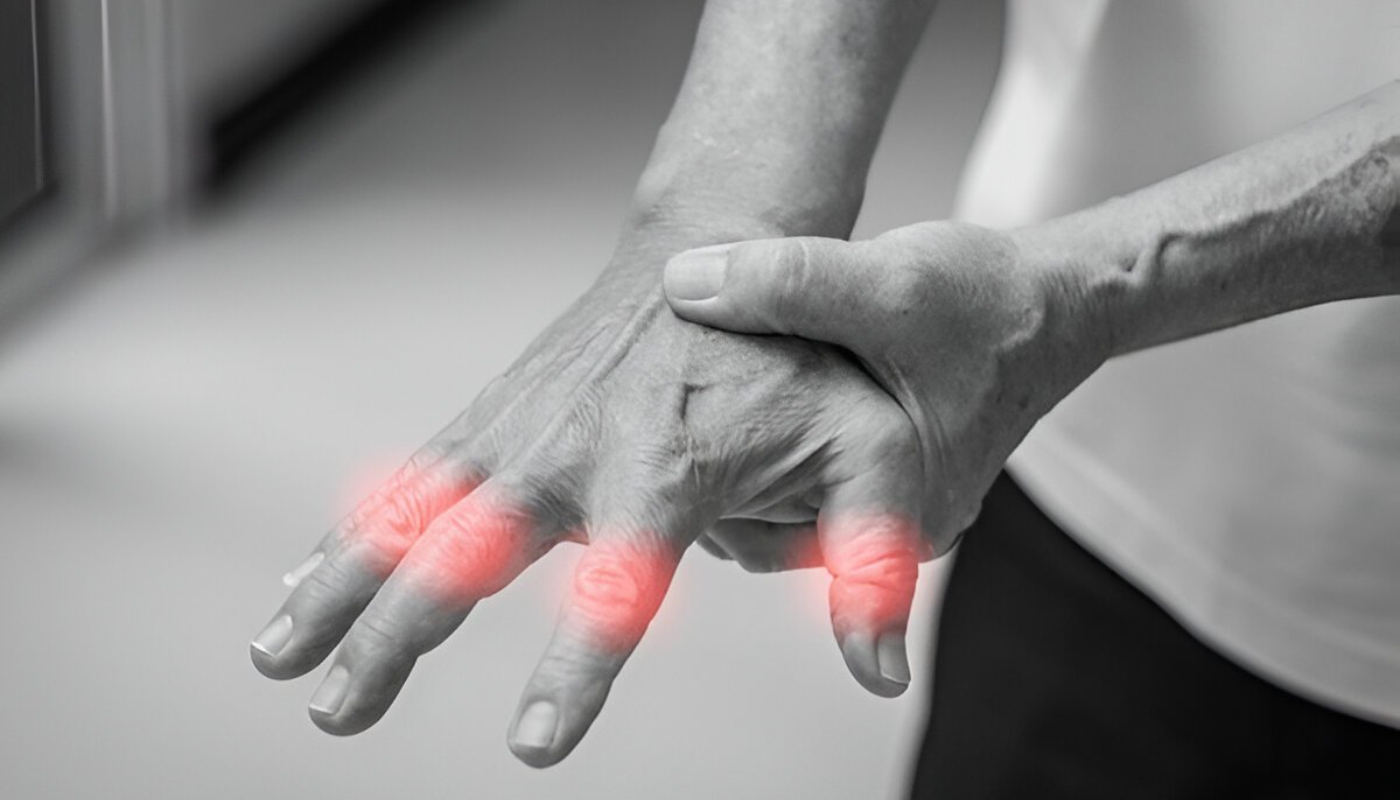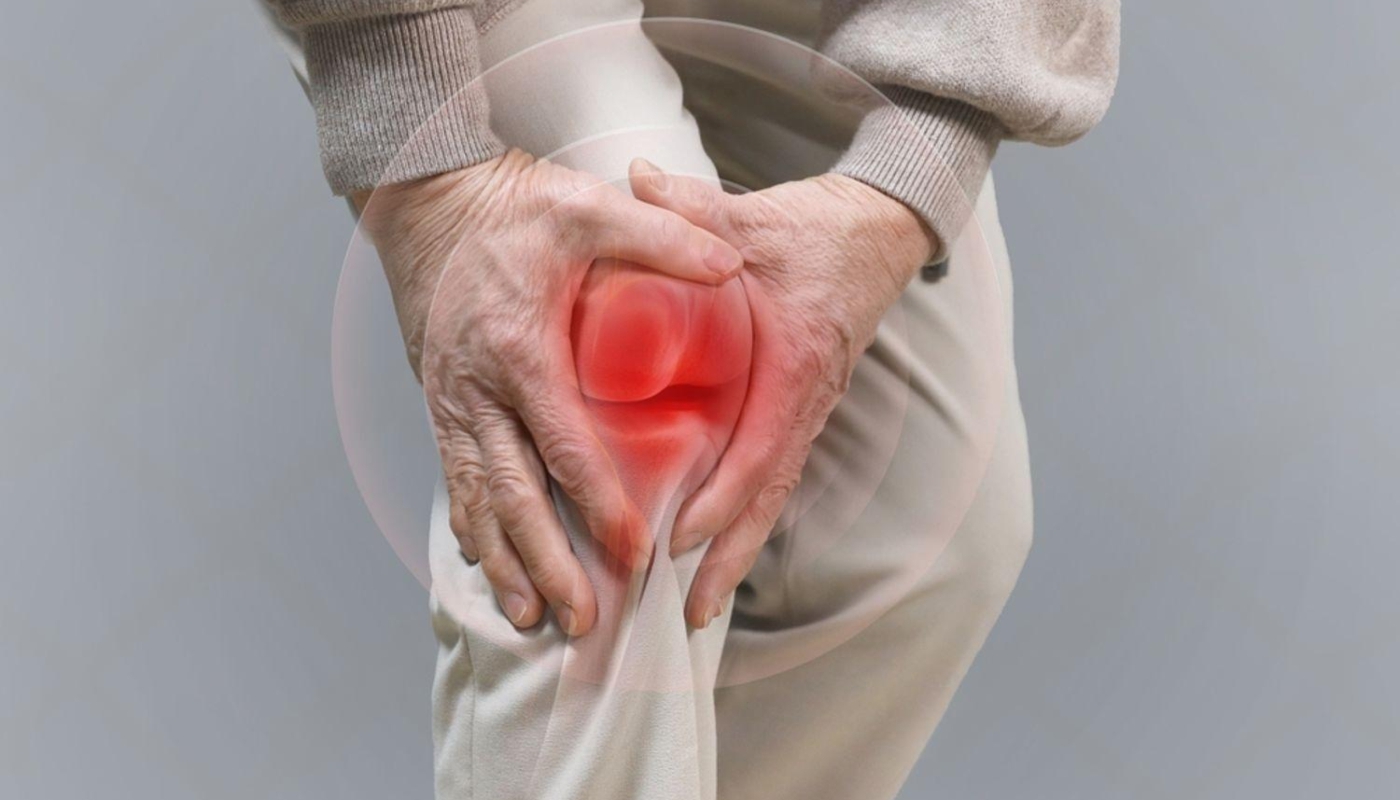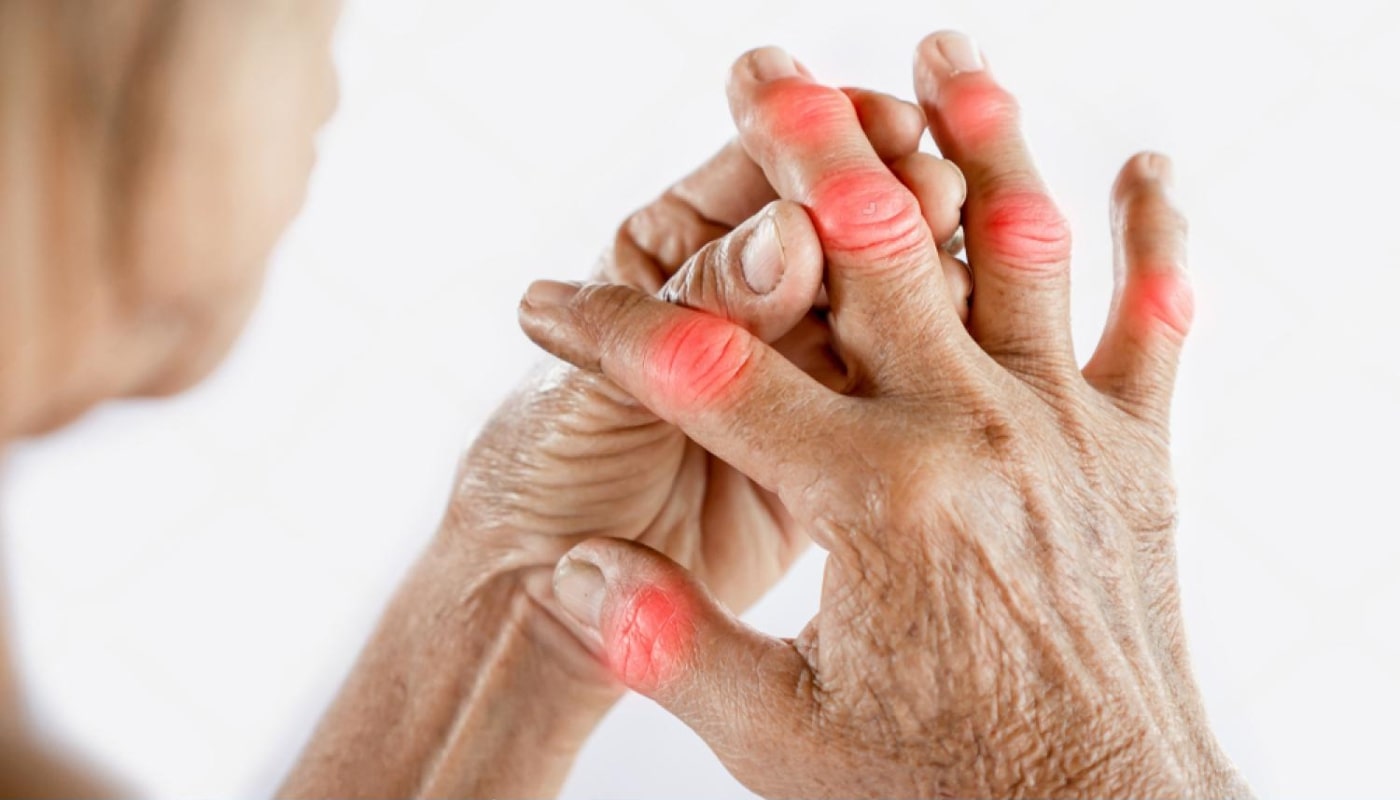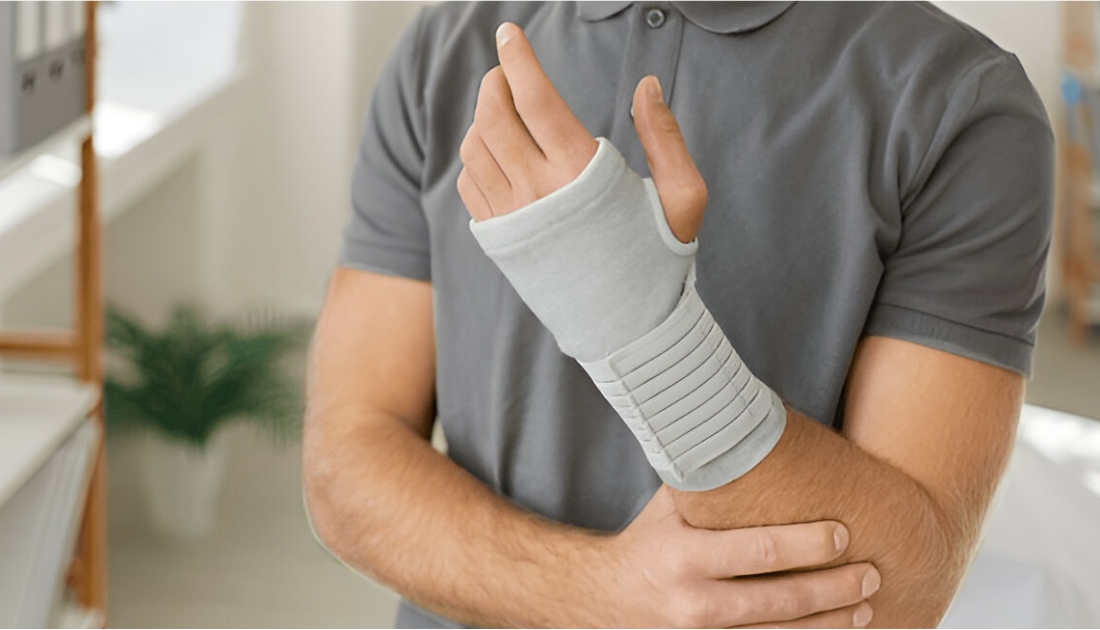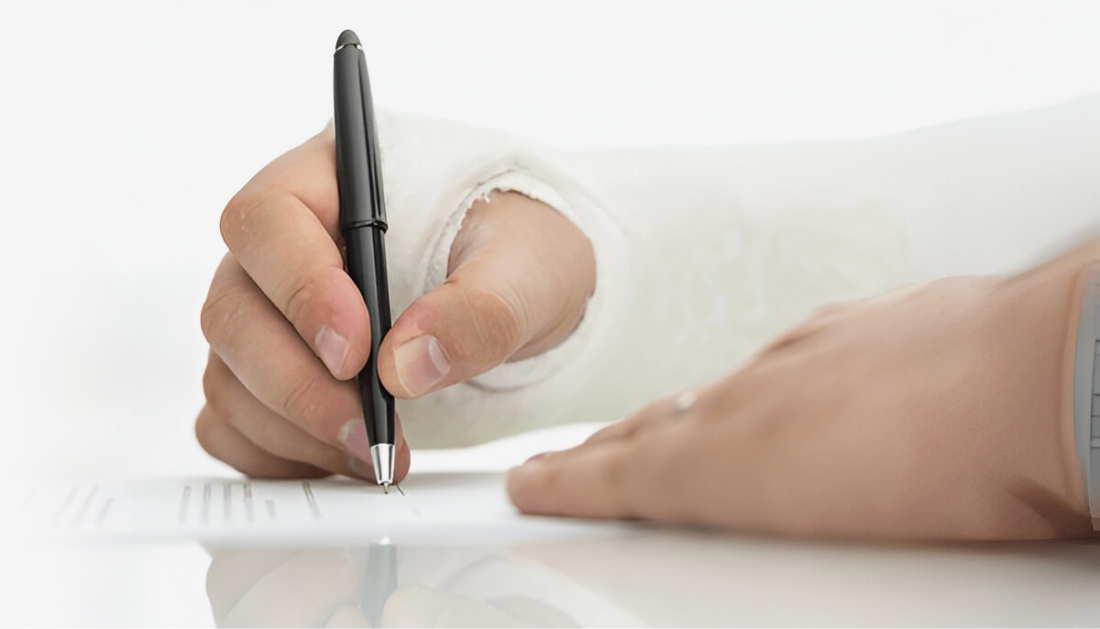Tendinitis is a common condition characterized by the inflammation of a tendon, which is the fibrous tissue that connects muscles to bones. **_Understanding tendinitis_** is crucial for anyone experiencing pain or discomfort in their joints and muscles. It can occur in various parts of the body, including the elbows, shoulders, knees, and wrists, often resulting from repetitive movements or overuse.
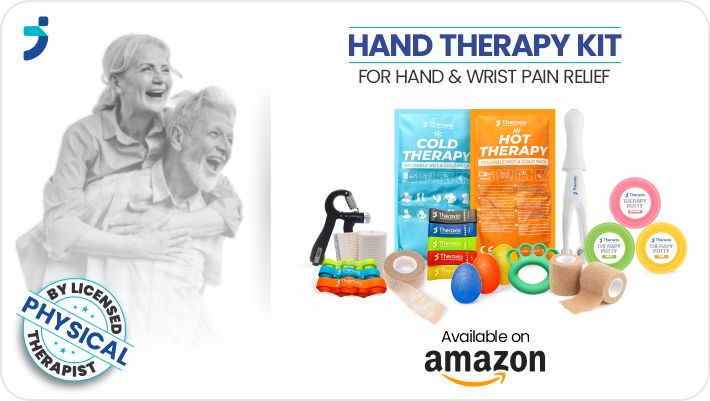
Symptoms of tendinitis can vary, but they typically include:
- **_Localized pain_** near the affected joint
- Swelling and tenderness
- Stiffness, especially when moving the joint
- Increased pain during activity and relief during rest
Identifying these symptoms early is essential for effective management and rehabilitation. Individuals should be aware that while tendinitis can affect anyone, it is particularly common in athletes and those with physically demanding jobs. The condition is often exacerbated by poor posture, inadequate warm-up, and not allowing sufficient recovery time between physical activities.
To take proactive steps in addressing tendinitis symptoms and improving your overall health, visit us @ theravio.com for resources and tools designed to help you manage your condition effectively.
Common Symptoms of Tendinitis You Should Recognize
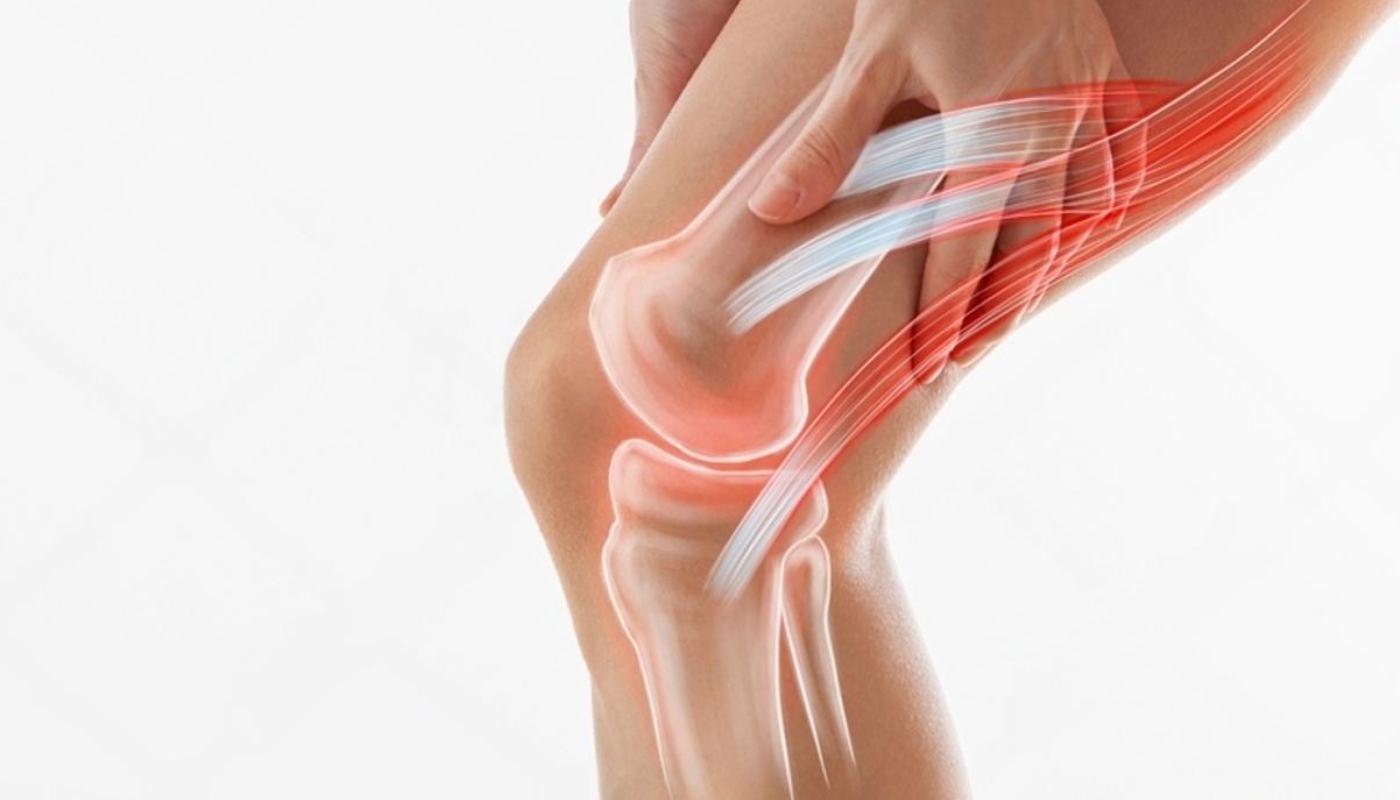
Recognizing the **_common symptoms of tendinitis_** is key to seeking prompt treatment and preventing further injury. While symptoms can vary depending on the specific tendon affected, there are several hallmark signs that individuals should be aware of:
- Localized Pain: A primary symptom is a dull ache or sharp pain near the affected tendon, which may intensify with movement.
- Swelling: Inflammation may cause visible swelling around the joint or tendon, leading to discomfort and limited mobility.
- Tenderness: The area may be sensitive to touch, demonstrating tenderness when pressure is applied.
- Stiffness: Many individuals experience stiffness, particularly after periods of inactivity, making it harder to move the affected joint.
- Decreased Range of Motion: Tendinitis can restrict the normal range of motion, impacting daily activities and physical performance.
- Pain with Activity: Pain often escalates during specific movements or activities that engage the affected tendon.
It’s important to note that these symptoms may worsen over time if left untreated. Early recognition and intervention can significantly improve recovery outcomes. If you experience any of these symptoms, consult a healthcare provider for a comprehensive evaluation and tailored treatment plan.

Causes and Risk Factors of Tendinitis Explained
Tendinitis is a condition that arises from various causes and risk factors, often linked to overuse and strain on the tendons. Understanding these factors can help in prevention and management. Here are some of the main causes:
- Repetitive Motion: Engaging in repetitive activities, such as typing, playing sports, or lifting weights, can lead to micro-tears in the tendon, ultimately resulting in inflammation and pain.
- Aging: As individuals age, tendons naturally lose elasticity and become more prone to injury. This makes older adults particularly susceptible to tendinitis.
- Improper Technique: Using incorrect form while exercising or performing tasks can put unnecessary strain on tendons, increasing the risk of developing tendinitis.
- Occupational Hazards: Jobs that require repetitive motions or heavy lifting, such as construction work or assembly line tasks, can heighten the risk of tendinitis.
- Medical Conditions: Certain health issues, like diabetes, arthritis, or gout, may increase the likelihood of developing tendinitis due to compromised tendon health.
Additionally, factors such as lack of flexibility, inadequate warm-up before physical activity, and insufficient strength training can also contribute to the onset of tendinitis. By recognizing these causes and risk factors, individuals can take proactive steps to minimize their risk and maintain optimal tendon health.
Effective Treatments for Tendinitis Relief
Finding effective treatments for tendinitis is crucial for alleviating pain and restoring mobility. Fortunately, a variety of options are available, allowing individuals to choose a suitable approach based on their specific needs. Here are some widely recommended treatments:
- Rest: Allowing the affected tendon to rest is essential in reducing inflammation and preventing further injury. This may involve modifying activities or taking a break from sports.
- Icing: Applying ice to the affected area for 15-20 minutes can help decrease swelling and numb pain. This is particularly beneficial after physical activity.
- Compression: Using elastic bandages or wraps can provide support and reduce swelling. Compression aids in promoting blood flow to the affected area.
- Elevation: Keeping the injured area elevated above heart level can help minimize swelling and promote healing.
- Physical Therapy: Engaging in a tailored physical therapy program can strengthen the muscles around the tendon, improving function and reducing the likelihood of re-injury.
- Theravio kit: It includes all the tools you need to soothe your finger and hand pain, such as a wonderful massager, heat/cold packs, comfortable wraps, and plenty of strengthening exercises tools.
- Medications: Over-the-counter nonsteroidal anti-inflammatory drugs (NSAIDs), like ibuprofen or naproxen, can help manage pain and inflammation.
- Injections: In some cases, corticosteroid injections may be recommended to reduce severe inflammation and provide temporary relief.
For chronic cases, more advanced interventions like platelet-rich plasma (PRP) therapy or even surgery may be considered. Collaborating with a healthcare professional will help determine the most effective treatment plan tailored to individual circumstances, ensuring a path toward recovery and improved well-being.
Preventing Tendinitis: Tips for Better Joint Health
Preventing tendinitis is essential for maintaining joint health and enhancing overall mobility. By incorporating proactive measures into your daily routine, you can significantly reduce the risk of developing this painful condition. Here are some effective tips to keep your joints healthy:
- Warm-Up Properly: Before engaging in any physical activity, ensure you perform a thorough warm-up. This prepares your muscles and tendons for exertion, reducing the likelihood of injury.
- Strength Training: Incorporating strength training exercises into your fitness regimen can reinforce the muscles around your joints. Stronger muscles provide better support, helping to prevent tendinitis. Theravio kit includes all the tools you need to soothe your finger and hand pain, such as a wonderful massager, heat/cold packs, comfortable wraps, and plenty of strengthening exercises tools.
- Cross-Training: Avoid repetitive strain by varying your workouts. Engaging in different types of exercise can help balance muscle development and reduce the risk of overuse injuries.
- Maintain Flexibility: Regular stretching exercises can enhance flexibility in your muscles and tendons. Improved flexibility decreases tension on your tendons, contributing to joint health.
- Listen to Your Body: Pay attention to any pain or discomfort during activities. If you experience persistent symptoms, it's important to rest and seek professional advice to prevent further damage.
- Use Proper Techniques: Whether you’re lifting weights, playing sports, or performing daily tasks, using correct techniques is crucial. Improper form can lead to undue stress on your joints, increasing the risk of injury.
- Stay Hydrated: Proper hydration supports joint lubrication and overall health. Drinking plenty of water can help maintain the elasticity of your tendons and reduce the likelihood of injuries.
By implementing these preventive strategies, you can help safeguard your joints and promote long-term health, ensuring that you remain active and pain-free.
When to Seek Professional Help for Tendinitis
Recognizing when to seek professional help for tendinitis is crucial for effective recovery and preventing long-term complications. While some level of discomfort may be manageable at home with rest and over-the-counter medications, certain signs indicate that medical intervention is necessary.
Consider consulting a healthcare professional if you experience:
- Persistent Pain: If pain in the affected area does not improve with home treatment after a few days, it’s essential to seek professional guidance.
- Swelling and Inflammation: Noticeable swelling or inflammation that does not subside can be a sign of a more serious issue requiring medical attention.
- Loss of Function: Difficulty in moving the affected joint or a significant decrease in range of motion should prompt you to consult a specialist.
- Recurring Symptoms: If you experience repeated episodes of tendinitis, it’s important to determine the underlying cause and receive a tailored treatment plan.
- Severe Pain: Sudden and intense pain that affects your ability to perform daily activities warrants immediate medical evaluation.
Early intervention can lead to more effective treatment options, including physical therapy, medication, or even surgical intervention, depending on the severity of the condition. By addressing your symptoms promptly, you can enhance your recovery and prevent further complications.
If you’re experiencing any of these symptoms or need assistance in managing tendinitis, visit us @ Theravio for resources and support tailored to your rehabilitation needs.



